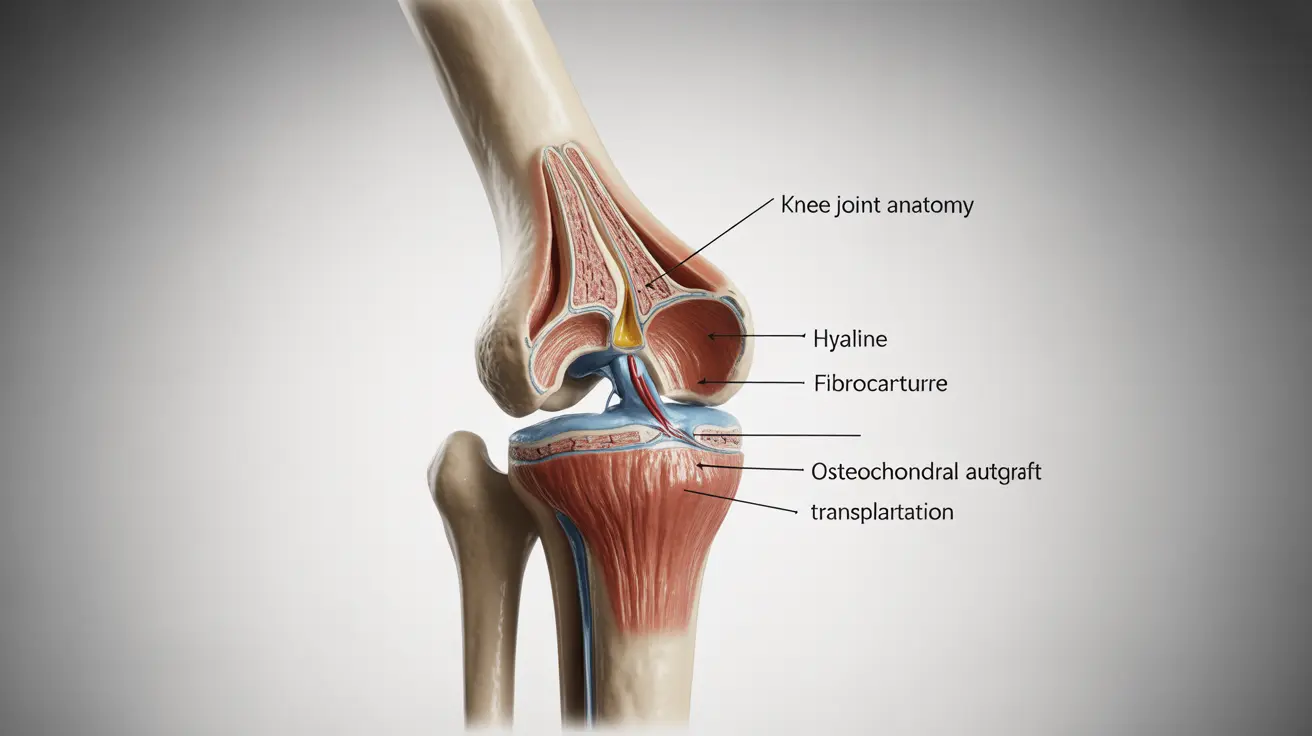- What is HbA1c?
- HbA1c is a form of hemoglobin bound to glucose in the blood, providing a long-term view of average blood sugar levels over two to three months.
- It is measured as a percentage, indicating the amount of sugar attached to hemoglobin.
- Normal Range for HbA1c:
- 4% to 5.6%: Normal range for non-diabetics, indicating good blood sugar control.
- 5.7% to 6.4%: Prediabetes range, signaling elevated blood sugar levels that could lead to type 2 diabetes.
- 6.5% or higher: Diagnostic for diabetes.
- Importance in Diabetes Management:
- Monitoring HbA1c helps in assessing long-term blood glucose control.
- Keeping HbA1c within the target range minimizes the risk of complications, such as nerve damage (neuropathy), kidney disease (nephropathy), and cardiovascular issues.
- For those with diabetes, an HbA1c below 7% is often recommended, but this may vary depending on individual health factors.
- Interpreting Results:
- A lower HbA1c indicates better blood sugar control over time, reducing the risk of complications.
- Higher levels mean poor blood sugar management and the need for adjustments in diet, medication, or lifestyle.
Regular HbA1c tests, typically done every 3-6 months, are a reliable way to monitor long-term diabetes control and prevent severe complications.
Recommended Tests
- Cholesterol: Monitoring cholesterol levels is crucial for diabetes patients as they have a higher risk of heart disease. This test helps assess cardiovascular risk and guides treatment to manage lipid levels effectively.
- Vitamin B12: Diabetes patients, especially those on metformin, may develop a B12 deficiency, which can cause nerve damage. Testing B12 levels ensures timely intervention if levels are low.




